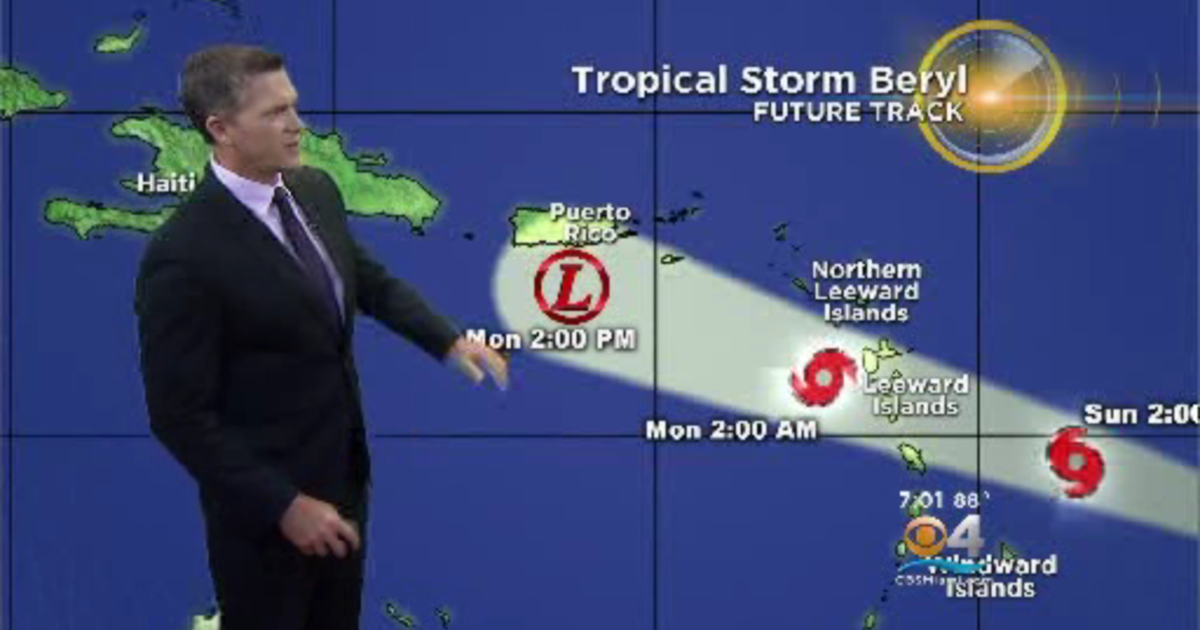Hurricane Beryl’s Path and Intensity

Hurricane beryl tracker – Hurricane Beryl is currently a Category 4 hurricane with maximum sustained winds of 130 mph and a minimum central pressure of 940 mb. The hurricane is expected to strengthen to a Category 5 hurricane within the next 24 hours as it moves towards the northwest at 15 mph.
As Hurricane Beryl continues to churn in the Atlantic, its path remains uncertain. For the latest updates, stay tuned to our hurricane beryl tracker. In the meantime, let’s take a break from the storm and shift gears to the world of NASCAR, where Ned Jarrett is a legend.
Nascar Ned Jarrett has won two Daytona 500s and is a member of the NASCAR Hall of Fame. Now, let’s return to our hurricane beryl tracker for the latest on the storm’s progress.
The predicted trajectory of Hurricane Beryl shows that it will continue to move towards the northwest, passing over the Turks and Caicos Islands and the southeastern Bahamas. The hurricane is expected to make landfall in Florida on Friday evening as a Category 4 hurricane.
The hurricane beryl tracker keeps us updated on the storm’s path, but for the latest brandon aiyuk news , we turn to our trusted sources. Once the storm passes, we’ll be back to tracking its aftermath, ensuring the safety of our communities.
Wind Speeds
- Maximum sustained winds: 130 mph
- Gusts: Up to 160 mph
- Tropical storm-force winds extend outward up to 140 miles from the center
- Hurricane-force winds extend outward up to 60 miles from the center
Pressure
- Minimum central pressure: 940 mb
- Rapidly falling pressure
Storm Surge Potential
- Storm surge of 10-15 feet is possible along the coast of Florida
- Flooding is likely in low-lying areas
Impact on Affected Areas

Hurricane Beryl poses significant threats to both coastal and inland regions. Coastal communities face the brunt of the storm’s fury, with high winds, storm surge, and flooding posing immediate dangers. Inland areas are also at risk, as heavy rainfall can lead to flash flooding and riverine flooding.
Areas at High Risk
- Coastal communities: Low-lying areas near the coast are particularly vulnerable to storm surge, which can inundate homes and businesses, causing widespread damage and displacement.
- Inland areas: Heavy rainfall associated with Hurricane Beryl can lead to flash flooding and riverine flooding, posing risks to life and property. Areas near rivers and streams, as well as low-lying areas, are at the highest risk.
Evacuation Orders and Emergency Preparedness, Hurricane beryl tracker
Residents in affected areas should closely monitor the storm’s path and heed evacuation orders issued by local authorities. Evacuation routes should be planned in advance, and emergency supplies should be gathered, including food, water, medications, and important documents.
Tracking and Forecasting: Hurricane Beryl Tracker

Hurricane Beryl’s movement and intensity are closely monitored by meteorologists using a combination of technologies and data sources. These include weather satellites, radar, and atmospheric models.
Weather satellites provide real-time images of the hurricane, allowing meteorologists to track its movement and observe its structure. Radar data provides information about the hurricane’s wind speed and rainfall, which is essential for forecasting its intensity and potential impacts.
Weather Satellites
Weather satellites orbit the Earth and collect data on atmospheric conditions, including temperature, humidity, and wind speed. This data is used to create images of the hurricane, which can be used to track its movement and observe its structure.
Radar
Radar is a remote sensing technology that uses radio waves to detect precipitation. Radar data can be used to determine the hurricane’s wind speed and rainfall, which is essential for forecasting its intensity and potential impacts.
Atmospheric Models
Atmospheric models are computer programs that simulate the behavior of the atmosphere. These models are used to forecast the hurricane’s track and intensity, and to predict its potential impacts on affected areas.
Tips for Staying Informed
- Monitor weather forecasts and advisories from the National Hurricane Center (NHC).
- Follow the NHC on social media for the latest updates.
- Sign up for local emergency alerts.
- Have a plan in place in case of a hurricane.